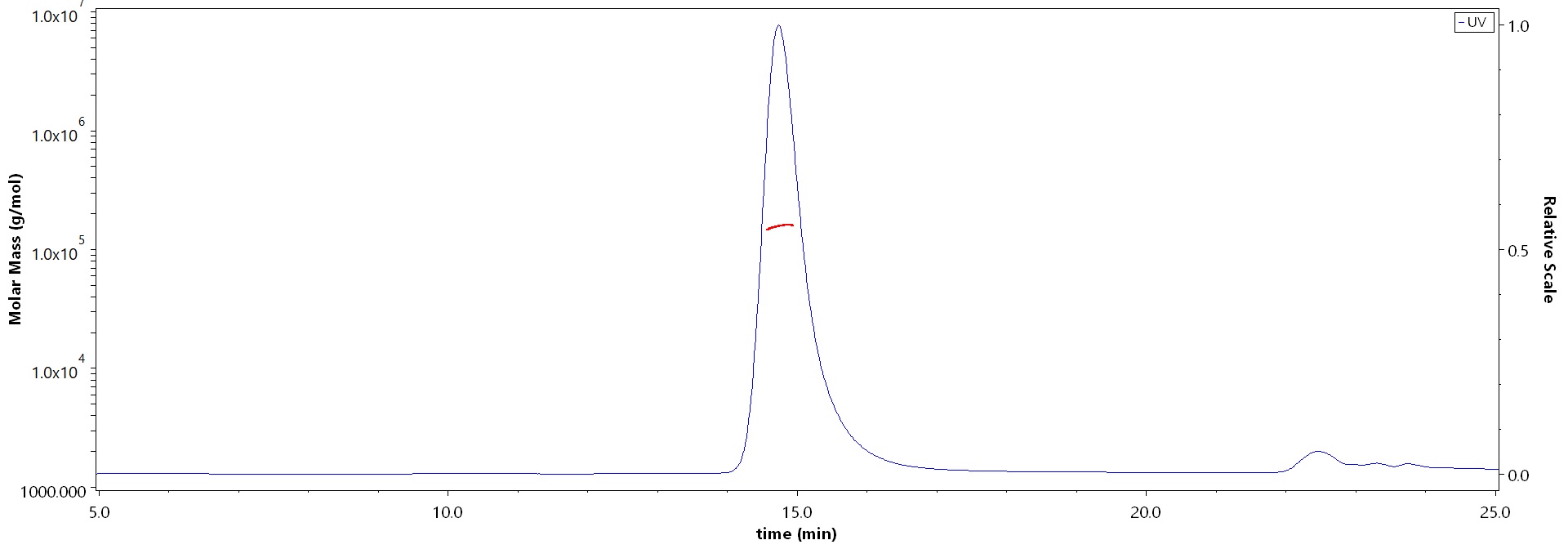
Leave message
Can’t find what you’re looking for?
Fill out this form to inquire about our custom protein services!
Inquire about our Custom Services >>


































 Request a FREE Sample of our FcRn Binding Kit!
Request a FREE Sample of our FcRn Binding Kit! Request a FREE Sample of our Fc gamma RI / CD64 Binding Kit !
Request a FREE Sample of our Fc gamma RI / CD64 Binding Kit !
 Happy Holiday! Limited Keychain here with your next order
Happy Holiday! Limited Keychain here with your next order Happy Holiday! Limited Keychain here with your next order
Happy Holiday! Limited Keychain here with your next order
 Request a FREE sample of our GMP products!
Request a FREE sample of our GMP products!  Request a FREE sample of our GMP products!
Request a FREE sample of our GMP products!
| Cat. No. | Species | Product Description | Structure | Purity | Feature |
|---|---|---|---|---|---|
| CAS-C001 | Streptococcus pyogenes | resDetect™ Cas9 (CRISPR Associated Protein 9) ELISA Kit (Residue Testing) | |||
| GMP-CA9S18 | Streptococcus pyogenes | GMP GENPower™ NLS-Cas9 Nuclease |


|
||
| CA9-S5149 | Streptococcus pyogenes | GENPower™ NLS-Cas9 Nuclease, premium grade |

|

The purity of GENPower™ NLS-Cas9 Nuclease, premium grade (Cat. No. CA9-S5149) is more than 95% and the molecular weight of this protein is around 140-180 kDa verified by SEC-MALS.
This web search service is supported by Google Inc.








